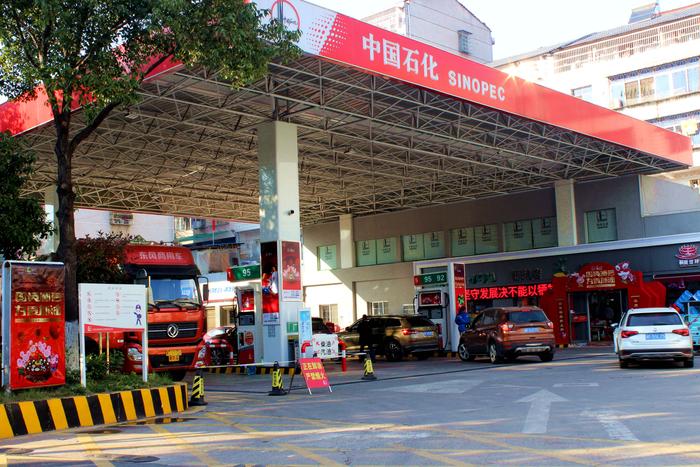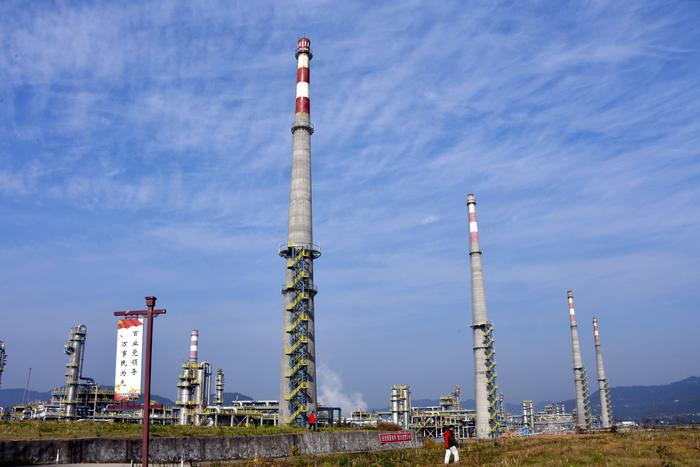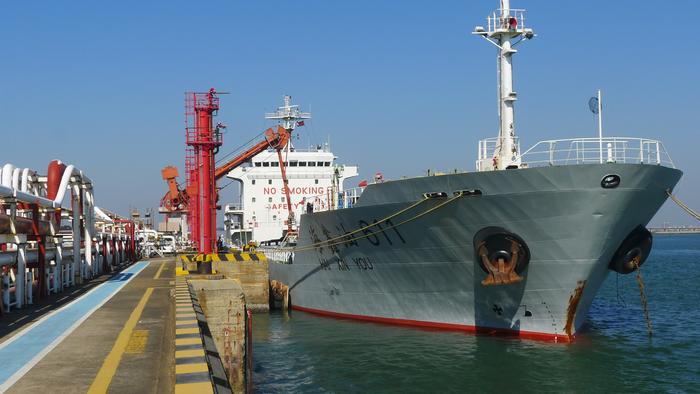|
| 2019-12-12 来源: 中国石化新闻网 |
| 石化新闻 |
中国石化新闻网讯 据路透社12月10日蔚山报道,韩国国家石油公司(KNOC)本周表示,预计将于2021年6月前在东南部城市蔚山建成一座地下战略原油储备设施。 地下原油储存库的建成将使该公司的总储油能力达到1.46亿桶。根据国有公司KNOC的数据,该公司目前拥有1.36亿桶原油和成品油储存能力,分布在9个设施中。 周一,韩国KNOC蔚山建设办事处高级经理Lee Yeon-kyu在一次实地考察中告诉记者:“这项工程是KNOC计划的一部分,该计划将替换其地上油库,并建立一个安全、环保的地下油库。” KNOC发言人表示,由于遇到了地层问题,KNOC不得不修改场地的布局,所以需要花费更长的时间来挖出储存洞穴,因此2021年中期的竣工日期被推迟了6个月。 根据KNOC的数据,一旦新设施建成,KNOC在蔚山的地下石油储藏量将达到1680万桶。 KNOC已关闭了位于蔚山的18个地面储罐,尽管韩国炼油厂仍在那里拥有自己的地面储罐。 Lee表示,该储存设施将主要储存中东原油,如阿拉伯特级轻质原油(Arab Extra Light)和阿曼原油(Oman crude),这是韩国炼油商的首选原油。韩国是世界第五大原油进口国,其70%以上的石油来自中东。 KNOC还可以利用地下设施储存石油,进行联合储备。联合储备是与全球石油生产商和石油巨头合作完成的,韩国拥有在紧急情况下购买原油的优先权利。 据KNOC的数据,该公司目前与包括挪威Equinor在内的七家公司达成了联合储存协议,总计将储存1,710万桶原油。 根据KNOC的数据,新的地下储油库将有能力储存1030万桶原油,相当于韩国10天的消耗量。 裘寅 编译自 路透社 原文如下: S.Korea's KNOC expects underground oil storage to be completed by mid-2021 Korea National Oil Corp (KNOC) expects to complete an underground facility for strategic crude oil storage it is building in the southeastern city of Ulsan by June 2021, the company said this week. Completion of the underground crude oil cavern will raise the company’s total oil storage capacity to 146 million barrels. KNOC currently has a storage capacity of 136 million barrels to stockpile crude oil and refined oil products, spread across nine facilities, according to data from the state-owned company. “The construction is part of KNOC’s plans to replace its above-ground oil storage and build a safe and environmentally-friendly underground oil storage facility,” Lee Yeon-kyu, senior manager of KNOC’s Ulsan construction office, told reporters during a site visit on Monday. The mid-2021 completion date is a delay of six months because KNOC had to revise the layout of the site due to the rock strata encountered, so it took a longer time to dig out the storage caverns, a KNOC spokesman said. Once the new facility is complete, KNOC will have a total capacity of 16.8 million barrels of underground oil storage in Ulsan, according to the KNOC data. KNOC has closed 18 above-ground tanks in Ulsan, although South Korean refiners still have their own surface tanks there. Lee said the storage facility would stockpile mainly Middle East crude grades such as Saudi Arabia’s Arab Extra Light and Oman crude, which are the preferred crudes of South Korea’s refiners. South Korea, the world’s fifth-biggest crude oil importer, takes more than 70% of its oil from the Middle East. KNOC could also use the underground facility to store oil for joint stockpiling, Lee said. Joint stockpiling is done in partnership with global oil producers and majors, with South Korea holding the first right to buying crude in emergencies. KNOC currently has joint stockpile agreements with seven companies, including Norway’s Equinor, to store a combined 17.1 million barrels, according to KNOC data. The new underground oil storage site will have a capacity to hold 10.3 million barrels of crude oil, equivalent to around 10 days of South Korea’s consumption, according to the KNOC data. |








